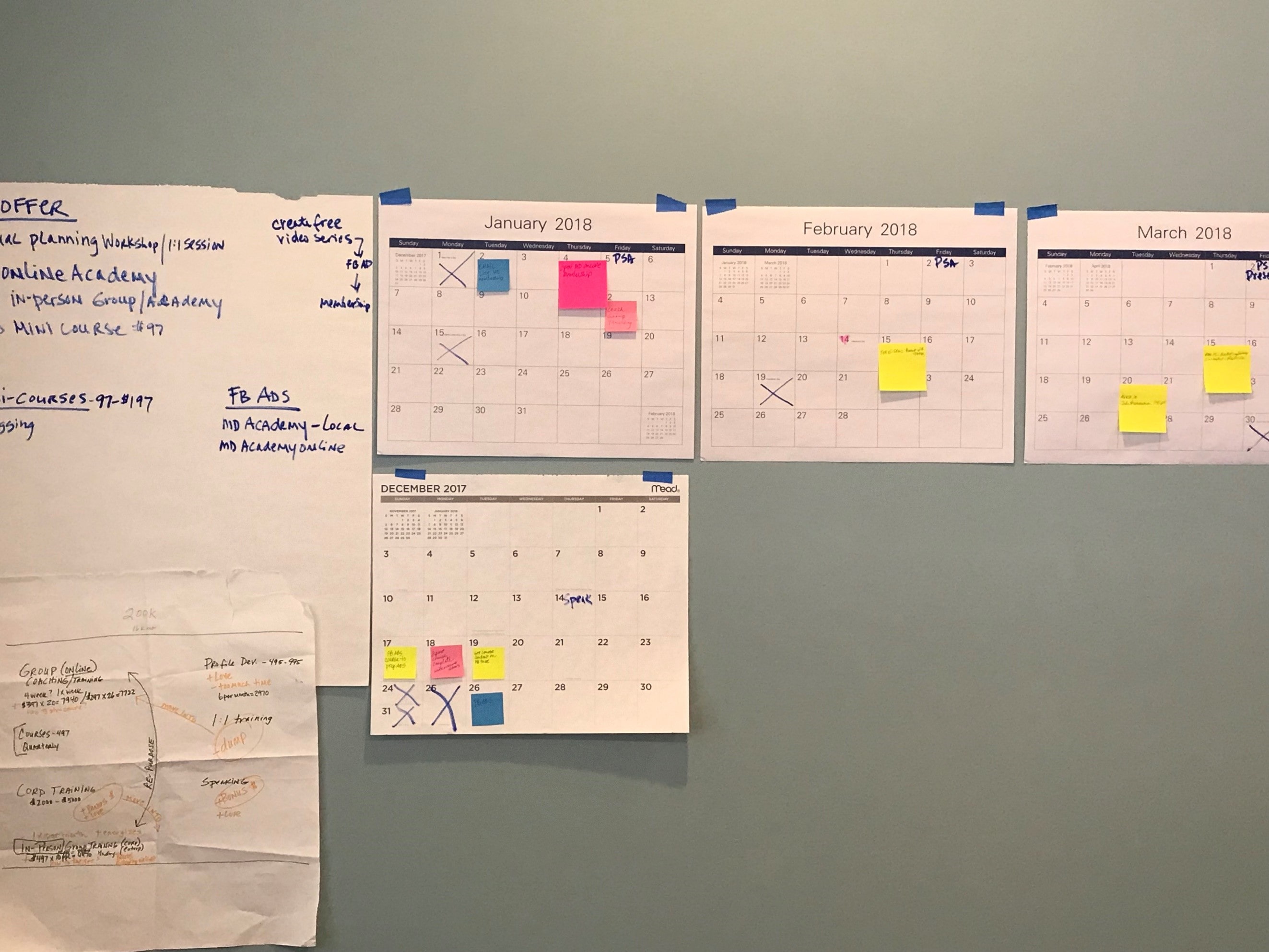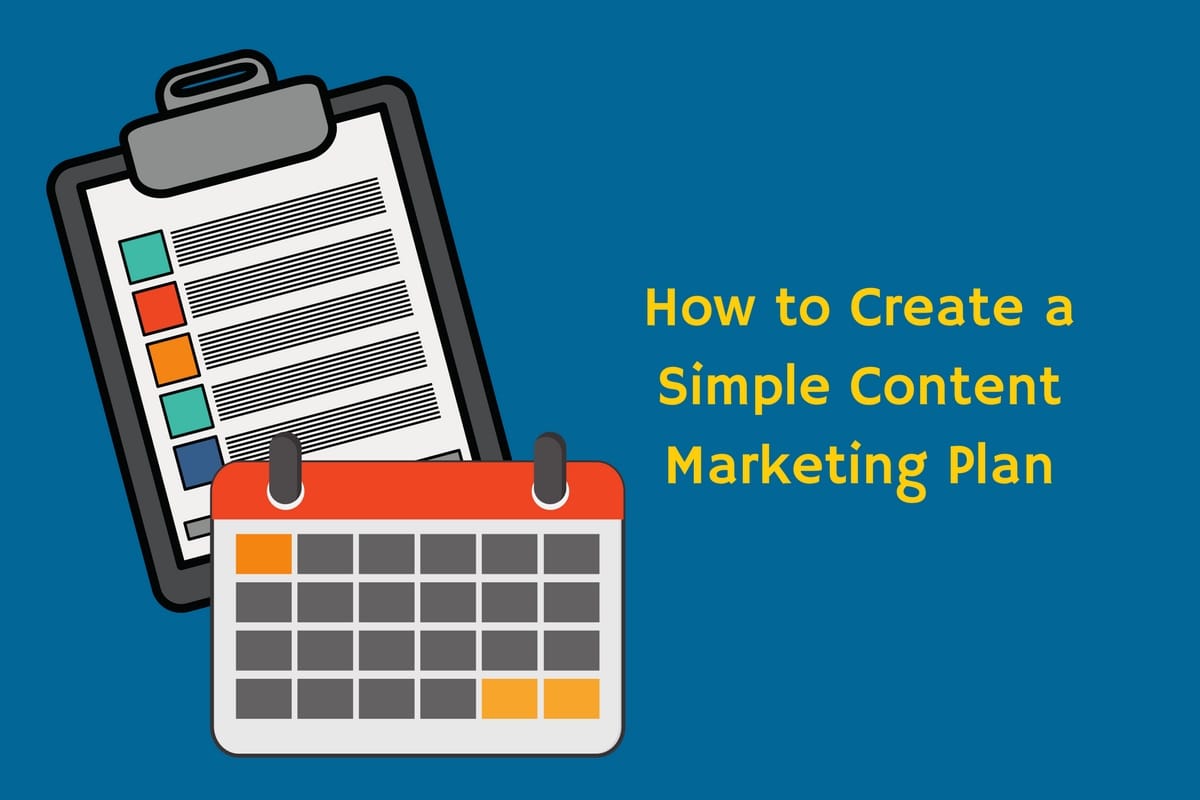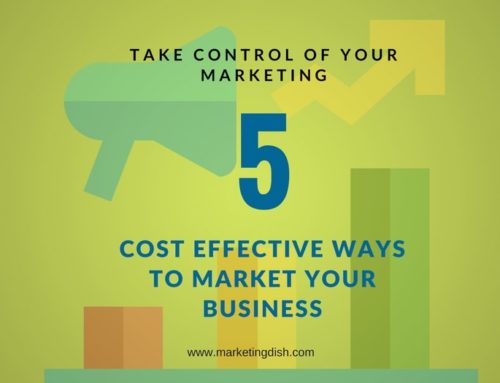Small businesses need to think like a media company and join the content marketing revolution.
As I talk with small business owners, they all have a similar set of challenges, getting more awareness for their brand and selling more products or services.
I believe in today’s business environment, incorporating a simple content marketing plan is a critical component to include in your overall marketing strategy.
Before implementing a content marketing strategy, let’s answer the question of WHY should you create content in the first place? Initially you are using the content to create awareness and establish authority, and then you use it to build trust and drive people to where they want to have a conversation with you or buy your services.
The content you create should always be relevant and answer your ideal customers’ most important questions.
Content marketing comes in many forms
• Blog posts
• Ebooks/white papers
• Videos
• Testimonials and reviews
• Podcasts
YOUR GOAL: Educate people first, help them convert, second. Your content can make you a leader in your industry or niche and thus, to lead, I encourage you to come at it from a systematic approach.
FOCUS: Think pillar content – less is more so focusing only on high quality content that positions you as the expert, so the reader, viewer or listener wants more.
Create a simple content marketing plan
STEP 1– Outline Your Content Ideas
Start by outlining six to twelve useful content ideas for your ideal client that they would find value in. This needs to be your best stuff and what answers your ideal customers’ most frequently asked questions.
HOW
• Do your keyword research so you know the type of content your audience is searching for.
• Brainstorm with colleagues or a panel of ideal customers to get ideas. I also survey my past clients and ask why they hired me in the first place and those challenges they wanted help with.
• Use the Google Keyword Planner – if you have Google analytics on your website then you have a Google Adwords account which lets you use the Google keyword planner (even if you don’t buy an ad) to research by typing in a term, it will give you ad group ideas based off that term, showing you the terms that people search for online, which can help inform you of the topics you should be writing about.
• Study the related searches you find when using Google or other search engines.
When you type in a term into the search box, scroll to the bottom of the search engine results page and you’ll find other searches related to the term you typed in. This can be another great way to expand your list of keywords and search terms.
Develop monthly themes for your content: You could align themes to calendar of fun events:
https://nationaldaycalendar.com/
STEP 2 – Get organized with a marketing calendar
Creating a marketing calendar can feel like an overwhelming task. Let’s keep it simple and remember, the whole point of creating a marketing calendar is to get organized, so you are not wondering what you are going to write about next. This will save time and reduce the frenzy you feel trying to decide what to write.
To help you with this process, here are a few things to keep in mind as you plan your calendar.
• Choose themes for your content based on customer most frequently asked questions. Categorize topics under each theme. Prioritize your content based on your intended result and the needs of your ideal customers.
• Decide what form of content you will produce for each theme. Blogs posts, video, podcast interviews etc.
• Track your content by engagement, clicks on your ads and any comments or feedback from your audience. Were there any sales that came from your content? You will begin to see what readers/viewers are responding to.
• Plan your calendar with your employees if you have them. Identify who is responsible for what content and how much content you can realistically produce. This is important even if you run a small business and generate all your own marketing content. There is no point in planning more than you can realistically handle.
• As noted in Step 1, find keywords to include in your content. Use a keyword research tool to research what phrases people are searching for that relate to your topics. Include this information on your calendar and to take your content to the next level, incorporate other SEO tactics. There are many articles regarding SEO strategies for content. Here is one to get your started: http://contentmarketinginstitute.com/2018/01/seo-marketing-strategy/
• Plan your calendar for up to 12 months out, I typically work in quarters, but do what works for your situation. I will say, having an overview for the year makes it easier to coordinate your big picture marketing efforts.
Personally, I use large desk top calendars and tape them on my wall and work on those. I find it works best for me. You need to find a system that works and that is always the one you will use! (By the way, I purchased the large desktop calendar at Wal-Mart for about $5.00)

STEP 3– Decide who will write your content
There are numerous ways to get content written. Depending on the size of your company, staff and your budget, here are some suggestions to consider:
• Do it yourself if you don’t have resources
• Outsource to a content to an agency or hire a freelancer
www.freelancer.com
www.scripted.com
www.brandpoint.com is a content marketing agency skilled in researching & writing
Search for freelance writers on LinkedIn
The hazard with outsourcing is finding someone that can write for your niche and in your voice and style.
• Get staff involved. This is a great way to add the voices of employees. There is great value in their perspectives. If you do this, I encourage you to hire a content manager to be their guide and editor.
Be sure your content always has a call to action and a way for someone who finds your content online to become part of your community. This means your call to action could be another piece of related content that is in the form of an eBook, checklist or guide that they need to give their name and email to receive this bonus content.
STEP 4– Promote Your Content
There are several ways to promote your core content. Simplest three are: posting on your social media channels, sharing it with prospects directly and via paid advertising.
Facebook advertising is one of the most cost-effective ways to get in front of your ideal audience and it does not have to be expensive to gain more views. The great thing about Facebook advertising is the ability to hyper target your ideal client.
You must have a business Facebook page. If you do, post your blog post on your business page, and then boost the post to an audience you want to show it to. This will turn your post into an ad. Start with $20 and watch your insights to learn how many people are seeing you post and most importantly is there engagement.
If your post contained a link for your bonus content where the reader could subscribe to gain access, then the next step is to create a follow-up email series based on the specific content they downloaded. For example, if they read my article on the 5 Cost Effective Ways to Market Your Business they would see a call to action to download the guide to: 5 Key Marketing Ingredients to Grow Your Business.
In the email sequence attached to that bonus content, you offer additional value through similar articles, resources and eventually through the sequence after building more trust you could reach out for a free consult or something similar where they could learn further about you.
Summary
This article provides small businesses with the basics of how to create a simple content marketing plan.
If you are not creating content consistently, this plan will get you started with why you should be a content producer and the steps to get started. Once you get started and are invested in your content then you should incorporate the technical aspects that will move the mark in search results. If you are new to content marketing, then introducing too many technical components can be overwhelming.
Need help with your content marketing strategy? Email me for a free 30-minute consultation.
joanne@marketingdish.com





I loved all your great ideas and tips in this article. Thank for such an in depth review
thank you Michele, happy to know you found the article useful.